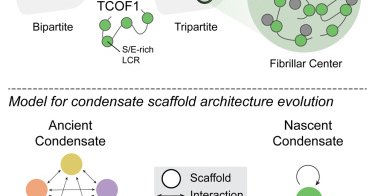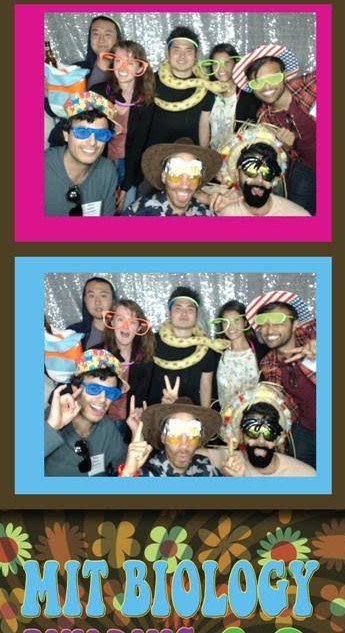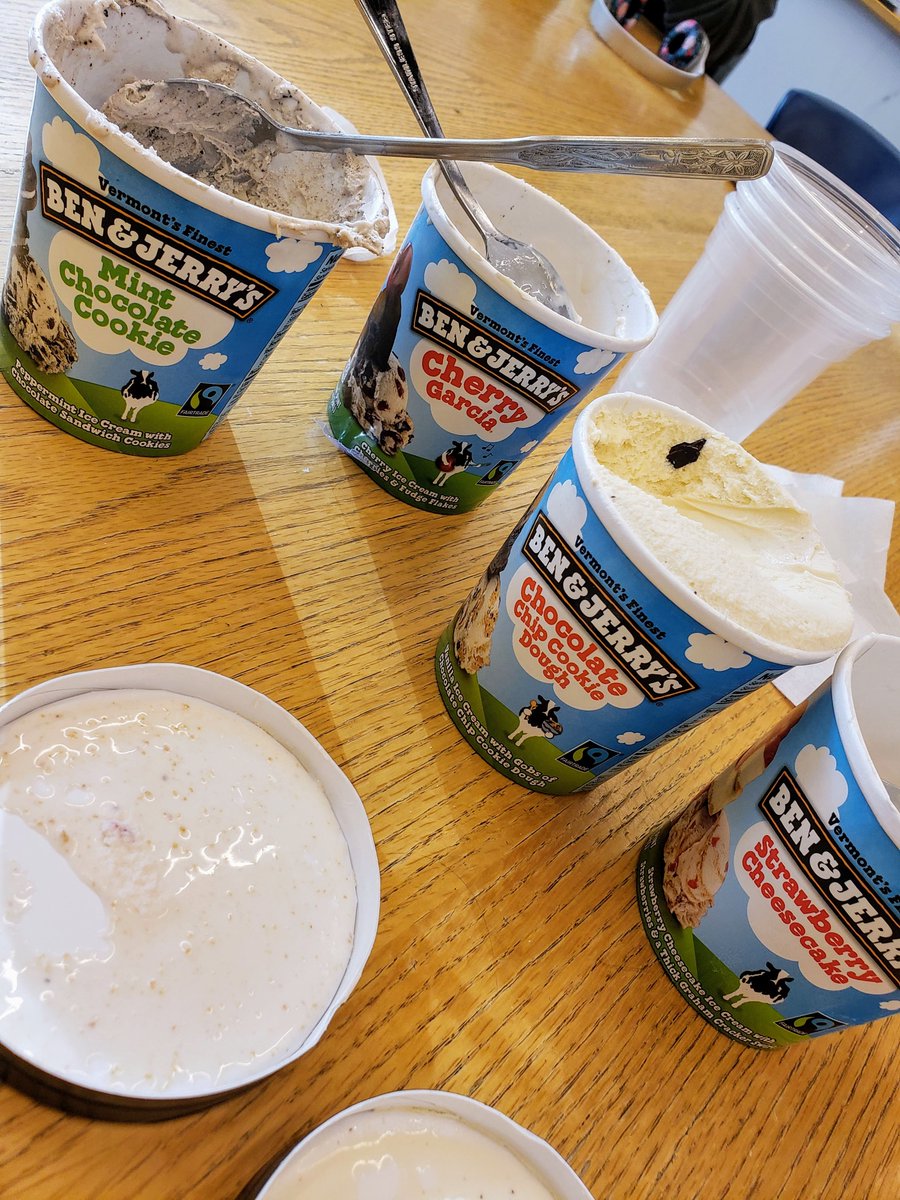
Calo Lab
@CaloLabMIT
Followers
348
Following
6
Media
6
Statuses
26
@MITBiology studying #RNA, assembly and function of the #Ribosome, and RNA involvement in #Development and disease.
Cambridge, MA
Joined January 2018
Excited to share our latest work in collaboration with @PauliGroup: A dual ribosomal system in the zebrafish soma and germline. Check it out!
biorxiv.org
Protein synthesis during vertebrate embryogenesis is driven by ribosomes of two distinct origins: maternal ribosomes synthesized during oogenesis and stored in the egg, and somatic ribosomes,...
0
4
25
Targeted Degradation of CDK9 Potently Disrupts the MYC Transcriptional Network https://t.co/kCbdtCk9MS
#biorxiv_cancer
0
1
0
Check out our latest preprint ( https://t.co/YCJN6fi2Az). We established a connection between defects in tRNA splicing and non-syndromic orofacial clefts. This research was a multi-team collaborative effort led by Michaela Bartusel (@MichiBar2Cell).
0
2
9
Check out our latest story. A groundbreaking study by PhD student Jade Varineau offers insights into the mechanisms underlying splicing stress response. https://t.co/nJLfK1yHsh Thanks, @MITBiology for the News Brief
0
4
18
Proud of Fardin and @DiegoDetres for their accomplishments. Thanks, @MolecularCell for highlighting their work and scientific journey. Meet the Authors:
cell.com
We talk to co-first authors Fardin Aryan and Diego Detrés along with lead contact Eliezer Calo about their paper “Nucleolus activity-dependent recruitment and biomolecular condensation by pH sensing”...
0
1
4
Online Now: Nucleolus activity-dependent recruitment and biomolecular condensation by pH sensing https://t.co/OWOa6QBbKi
1
17
82
Check out our latest story on the nucleolus. A terrific work by Fardin Aryan and @DiegoDetres @MolecularCell @MITBiology Nucleolus activity-dependent recruitment and biomolecular condensation by pH sensing: Molecular Cell
0
5
35
A new study from the lab identified the scaffold of the nucleolar fibrillar center and provided a compelling model for how condensates might evolve. This is the work of @nimajaberi_ and @iambyronic Cell Reports
cell.com
Jaberi-Lashkari et al. present a model for the evolution of biomolecular condensates by showing that a recently emerged condensate relies on a self-assembling scaffold rather than on many co-intera...
0
6
24
Check out our latest preprint. A super interesting story about the structure and evolution of the nucleolus. kudos to @nimajaberi_ and @iambyronic for this work. TCOF1 is a single-component scaffold of the nucleolar fibrillar center
biorxiv.org
Many of the biological structures that exist across the tree of life are built on self-interacting scaffolds, from the actin cytoskeleton to the collagen extracellular matrix. Intracellular membran...
0
1
11
Thank you @MIT News for featuring our work! https://t.co/I9flkeNgcE.
@MITBiology @nimajaberi_ @iambyronic
news.mit.edu
MIT biologists found a way to identify and study low-complexity regions of proteins. The technique allows them to analyze similarities and differences between LCRs from different species, and helps...
0
3
9
Our lab manuscript on LCRs has been published @eLife A unified view of low complexity regions (LCRs) across species https://t.co/cRSMvAMPXy. Kudos to @nimajaberi_ and @iambyronic for such amazing work! @MITBiology
elifesciences.org
Disparate functions of low complexity regions of proteins can be understood through a global view of their sequences, features, and relationships across different organisms and biological contexts.
0
4
33
Check out our lab's newest preprint. A holistic approach to understanding the LCR sequence space within and between species. This is the works of two incredibly talented graduate students @nimajaberi_ & @iambyronic. @MITBiology
biorxiv.org
Low complexity regions (LCRs) in proteins play a major role in the higher order assemblies of organisms, such as the nucleolus and extracellular matrix. Despite recent focus on how certain features...
0
9
29
Happy Halloween!! Look at our FACE SEPARATION pumpkin complete with liquid droplet and FRAP assays! @MITBiology
1
2
6
Loving this piece by John Wallingford about how #DevBio is "fundamental to the human experience" @___SDB___
cell.com
Humans have sought to understand the embryo for millennia. Paradoxically, even as technical and intellectual innovations bring us ever closer to a transformative understanding of developmental...
0
2
2
The Calo Lab knows how to dance the night away! Had a blast partying with the @MITBiology community!
0
1
8
Good results? Bad results? No results? Doesn't matter. Our answer is ice cream. #PhDLife #PhDChat #Research @MITBiology @benandjerrys What's your snack of choice on Friday?
3
0
18
















